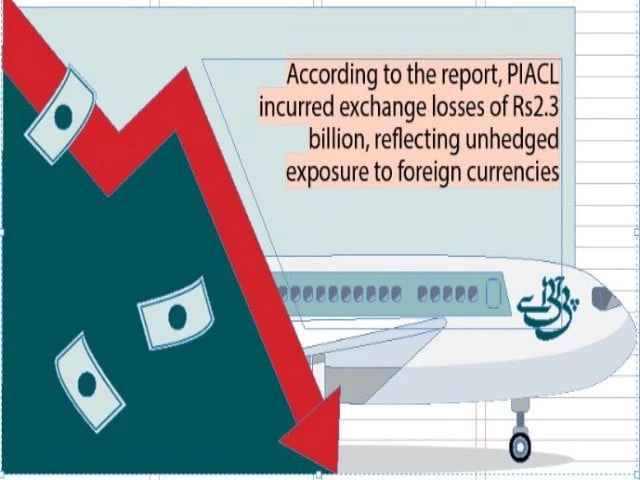Understanding PIA’s Financial Landscape: A Closer Look
Pakistan International Airlines (PIA) has been in the news recently following a finance ministry report revealing a net loss of Rs4.6 billion for the last fiscal year. Surprisingly, the report also mentions a one-off accounting profit of Rs26 billion, derived from treating past losses as future assets. However, let’s clarify — this isn’t a sign of operational profitability. It’s essential to understand what’s really happening within the aviation giant.
The report, released by the Central Monitoring Unit (CMU) of the Ministry of Finance, provides insight into PIA’s financial state post-restructuring, where around Rs660 billion in debt was removed from the company’s books. While this overhaul may seem significant, PIA still reported a substantial pre-tax loss. It’s a classic case where accounting tricks can obscure the real financial health of a company.
In simple terms, the Rs26 billion profit is more about bookkeeping than actual cash flow. The finance ministry emphasized that the deferred tax asset (DTA) of Rs30 billion, while reflecting potential future profits, should not be misconstrued as a sign of current operational success. This type of accounting can often mislead stakeholders, which is why clarity is crucial.
Despite these challenges, there are glimmers of hope for PIA. The restructuring has slimmed down its long-term liabilities remarkably. This change has drastically reduced the finance cost from Rs79 billion to Rs10 billion. However, with operational costs increasing to Rs106.6 billion, solutions like fleet modernization and more strategic supply agreements are essential.
Moreover, PIA’s heavy debt burden is still a concern, especially given its recent delisting from the Pakistan Stock Exchange. With full government ownership, PIA is now free from short-term market pressures, which can foster stability if managed correctly. However, for real growth to happen, a performance-based human resources model needs to be implemented alongside merit-based promotions.
The finance ministry is advocating for rapid privatization of PIA, which could usher in new investments and operational efficiencies. The recent restructuring is a critical turning point for the airline, allowing it to focus on its core operational goals. It’s more than just a financial cleanup; it’s about realigning its business model to make it a competitive entity in the aviation market.
As PIA continues to navigate these turbulent waters, the emphasis on strategic partnerships and effective governance will be vital. If you’re looking for insights into the financial world and how companies can successfully pivot in challenging times, keep tuning in. The journey of PIA could provide valuable lessons for other organizations facing similar dilemmas!
For more information on strategic insights in business and finance, consider connecting with Pro21st. Your journey to better understanding starts here!





